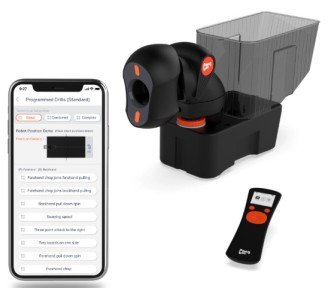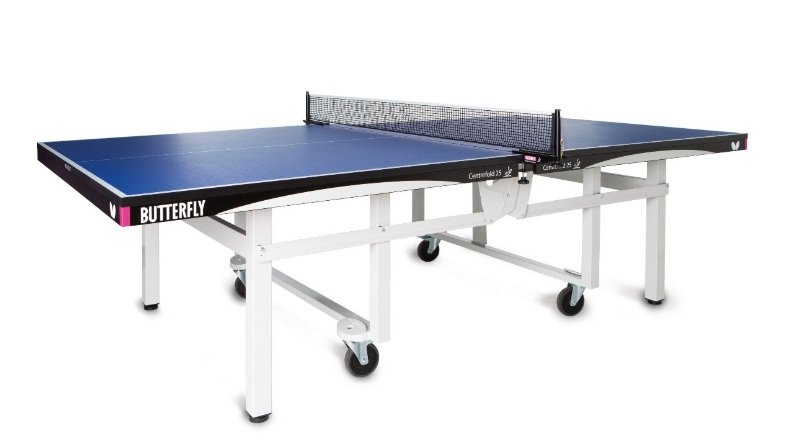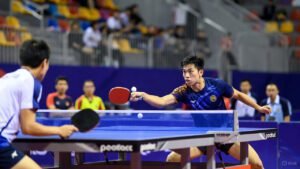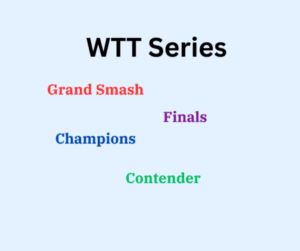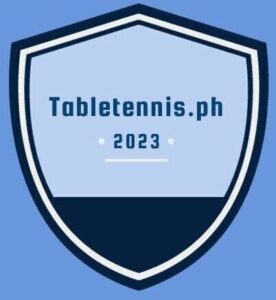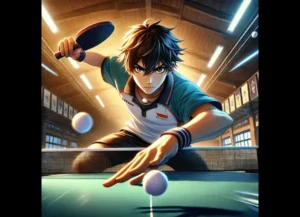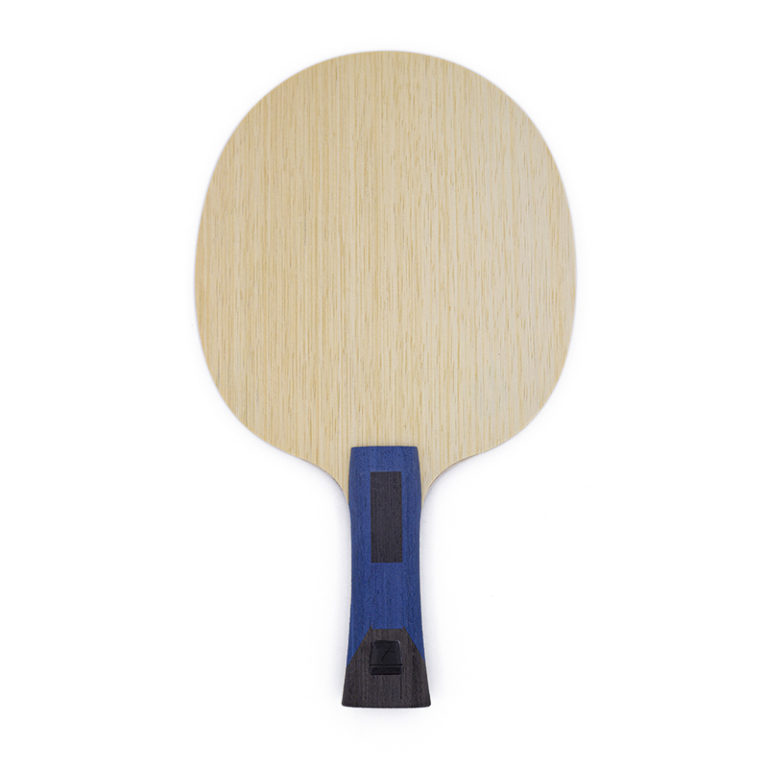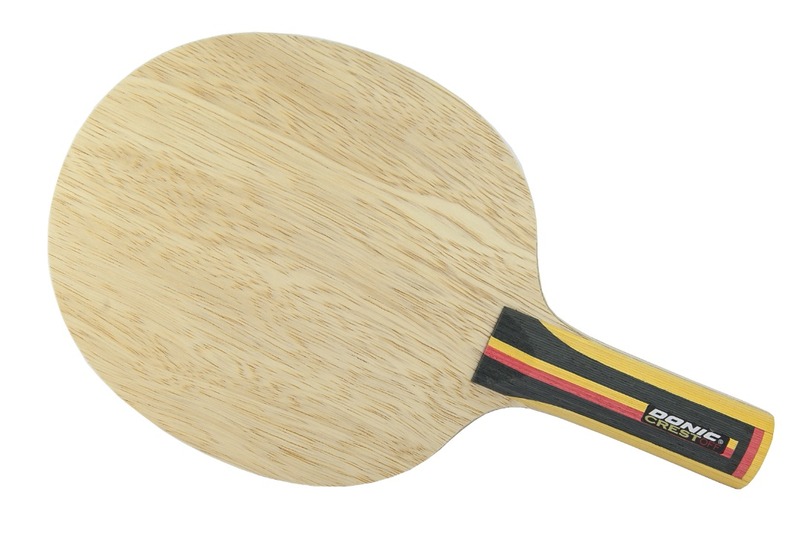Table of Contents
In table tennis, the number of plies (layers of wood or composite materials) in a blade affects its playing characteristics. For example, Butterfly’s Hadraw 5-layer all-wood blade has less reaction property compared to the SK7 Classic 7-ply all-wood blade.
Here’s a breakdown of the pros and cons of 5-ply and 7-ply blades, and how changing the number of layers impacts performance:
5-Ply Blades
Hadraw 5 is a great 5-ply all-wood blade from Butterfly.
Pros
- Flexibility: 5-ply blades are generally more flexible because they have fewer layers, making them ideal for players who rely on control and spin
- Better Spin Generation: The increased flex allows for more dwell time (the ball stays on the racket longer), which is great for producing spin.
- Control: These blades tend to offer greater control, making them suited for all-round or defensive players
Cons
- Less Power: Because of the flexibility, 5-ply blades typically generate less power compared to stiffer 7-ply blades. This can be a disadvantage for aggressive, power-oriented players.
- Lower Speed: The reduced rigidity translates to less speed on the ball, which may require more effort to execute fast, aggressive strokes.
7-Ply Blades
SK7 Classic is a 7-ply all-wood from Butterfly.
Pros
- Increased Stiffness: The extra layers make the blade stiffer, providing more power and speed. This is beneficial for offensive players who rely on fast-paced shots and strong smashes.
- Power and Speed: 7-ply blades generally have a faster response due to their higher rigidity, allowing for quicker shots and more forceful strikes.
Cons
- Less Flexibility: The increased stiffness reduces dwell time, which can make it harder to generate spin and may limit control on touch shots.
- Reduced Spin Potential: With less flex, the ball leaves the racket faster, giving players less time to impart spin.
Conclusion
In conclusion, selecting the right table tennis blade is crucial for maximizing your potential on the table. For beginners, a 5-ply blade offers greater control and flexibility, which is essential for developing foundational skills. As players progress to the intermediate level, both 5-ply and 7-ply blades provide a balanced combination of control, spin, and speed, depending on individual playing style. Advanced players, on the other hand, often prefer the power and speed of 7-ply blades, although some may still opt for 5-ply blades to maintain a balance between offense and control. Ultimately, the choice between a 5-ply or 7-ply blade should reflect a player’s skillset and style, ensuring optimal performance in every match.

Hi, my name Roel and I am a freelance software engineer and creator of this website. Do you have a table tennis website and is struggling to elevate it to the next level? I am on the mission of bringing table tennis to a wider audience and websites are very important in bringing more awareness and accelerating mass adoption of the sport of table tennis. If you are outside the Philipines and need help with your table tennis site, contact me at contact@tabletennis.ph.
